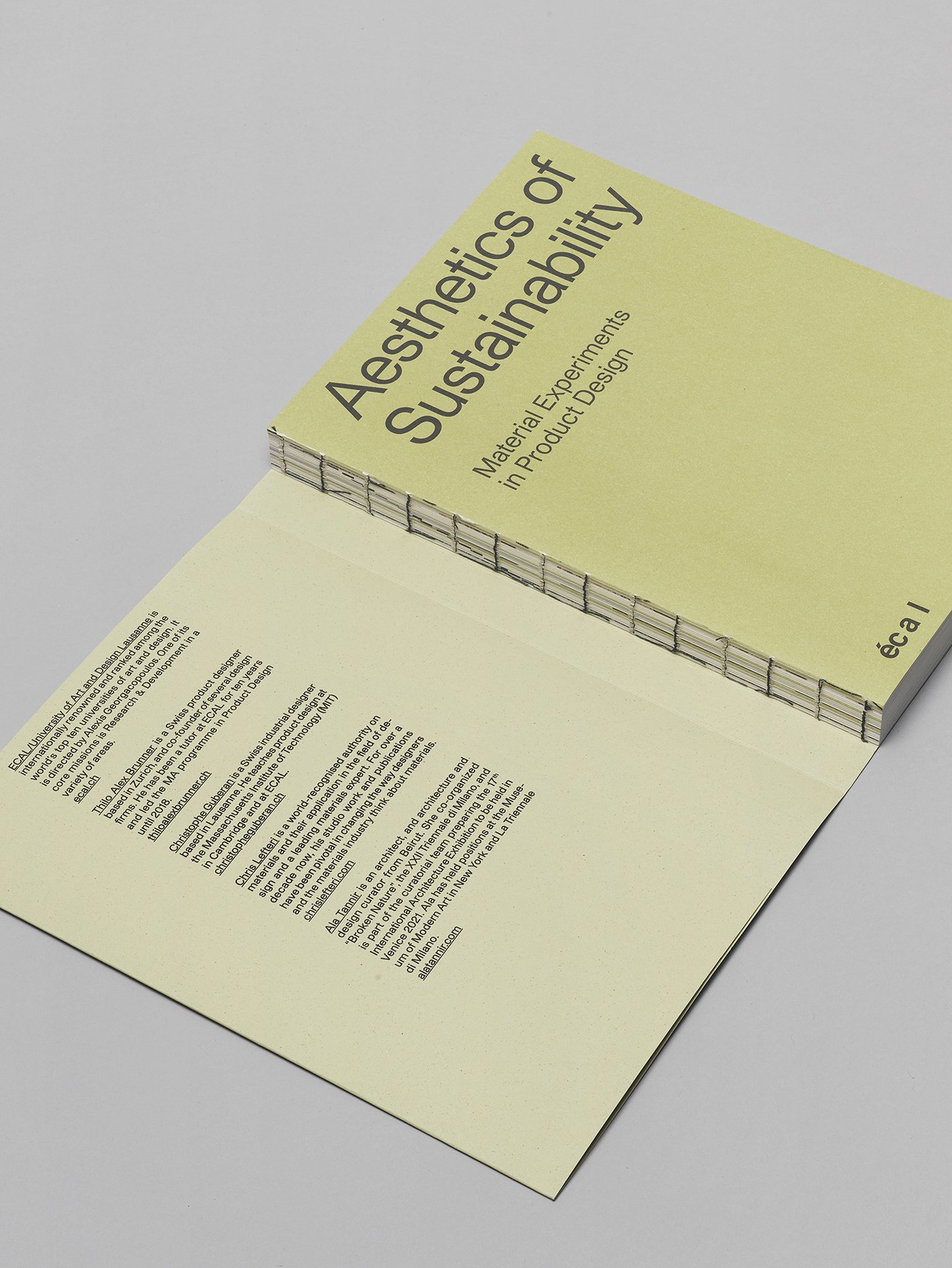Creating More with Less: The Power of Minimalist Design
Minimalist design is much more than an aesthetic choice; it’s a philosophy that champions simplicity, clarity, and functionality. In a world overwhelmed by visual noise, minimalist design cuts through the clutter to communicate ideas with precision and elegance. But minimalism isn’t about stripping away for the sake of it—it’s about intentionality. Here’s how you can maximize the impact of minimalist design and examples to inspire your next project.
The Story of Minimal Design
The roots of minimalist design trace back to movements in the early 20th century that sought to strip art, architecture, and design down to their most essential elements. Influences like the Bauhaus movement in Germany (founded in 1919) and De Stijl in the Netherlands championed the mantra “less is more,” a philosophy that has echoed across creative disciplines ever since.
Minimalist design grew in tandem with modernism, rejecting the ornate, cluttered aesthetics of the Victorian and Edwardian eras. It embraced function over form, clean lines, and the deliberate use of negative space. Architects like Ludwig Mies van der Rohe and designers like Dieter Rams played pivotal roles in shaping this ethos. Rams, with his famous ten principles of good design, emphasized that good design is as little design as possible, laying a blueprint for minimalism’s application across products and visual communication.
Bauhaus book covers about architecture | Image Source: ArchDaily (24/01/25)
The mid-20th century saw minimalism extend into graphic design, particularly in the Swiss Style (also known as the International Typographic Style). This design approach emphasized grid systems, sans-serif typefaces, and simplicity to create clear, impactful communication. Designers like Josef Müller-Brockmann used this style to create posters, advertisements, and other visuals that remain iconic examples of minimalist principles.
In the digital age, minimalist design found a natural home. Early websites were often chaotic, but as technology advanced, minimalism became synonymous with functionality and usability. Apple, under the leadership of Steve Jobs and designer Jony Ive, became one of the most prominent champions of digital minimalism. Products like the iPod and iPhone, with their sleek, pared-down aesthetics, popularized the concept of “less is more” in consumer technology.
Today, minimalism continues to evolve, blending traditional principles with contemporary needs. The rise of flat design, material design, and other trends reflects how minimalism adapts to modern technologies and aesthetics. As a philosophy, it remains a guiding light for those seeking clarity and purpose in their creations.
The Principles of Minimalist Design
At its core, minimalist design revolves around clarity and focus. Every element in the design must serve a purpose. Think of it as Marie Kondo-ing your visuals—if it doesn’t spark joy (or serve a clear function), it goes. Some guiding principles include:
Simplicity: Use only what’s essential. Remove distractions to emphasize the main message.
Whitespace: Negative space isn’t wasted; it’s strategic breathing room that improves focus and hierarchy.
Typography: Clean, readable fonts with plenty of spacing make for an elegant, user-friendly experience.
Purposeful Colors: A restrained color palette creates harmony and draws attention to key elements.
These principles don’t mean “boring” or “bare.” Done right, minimalist design is bold in its restraint.
Minimalistic book design by Federico Barbon | Image Source: Fonts in Use/Federico Barbon (24/01/25)
How to Apply Minimalism Across Projects
Minimalism works across various design formats, from websites to branding, by focusing on what matters most. Here’s how to integrate it effectively:
1. Website Design: Minimalist websites prioritize usability and speed. Instead of flashy visuals, they guide users with clean layouts and intuitive navigation. Think Apple’s website—big, bold images paired with simple typography and ample whitespace create an experience that’s as sleek as their products.
2. Branding and Logos: A minimalist logo stands the test of time. Iconic examples like Nike’s swoosh or Airbnb’s Bélo thrive on their simplicity. They distill the essence of the brand into a single, unforgettable mark. When designing logos, focus on shapes and forms that are memorable and versatile.
3. Print Media: Minimalist print designs use strategic composition to communicate effectively. A magazine cover with a striking photo, bold title, and little else can be far more impactful than one crammed with text.
4. Packaging: Brands like Muji and Aesop leverage minimalist packaging to emphasize quality and create a premium feel. Simple labels, elegant typography, and neutral tones signal sophistication without trying too hard.
Aesop packaging design | Image Source: © Aesop (24/01/25)
Why Minimalist Design Endures
Minimalist design remains relevant because it’s timeless and adaptable. It’s not about trends; it’s about creating a clear, purposeful connection between the design and its audience. By stripping away distractions, it amplifies the message, making it easier to connect with people on a deeper level.
Minimalism can backfire if overdone or applied without thought. A design that’s too bare may feel unfinished or alienate users who need more guidance. Always balance simplicity with functionality and context.
Final Thoughts
Minimalist design is a powerful tool for modern communication. It thrives on clarity, functionality, and intentionality—qualities that resonate in today’s fast-paced world. If you’re inspired to embrace minimalism in your next project, I can help. Whether you need a sleek website or a striking brand identity, let’s create something that stands the test of time.





